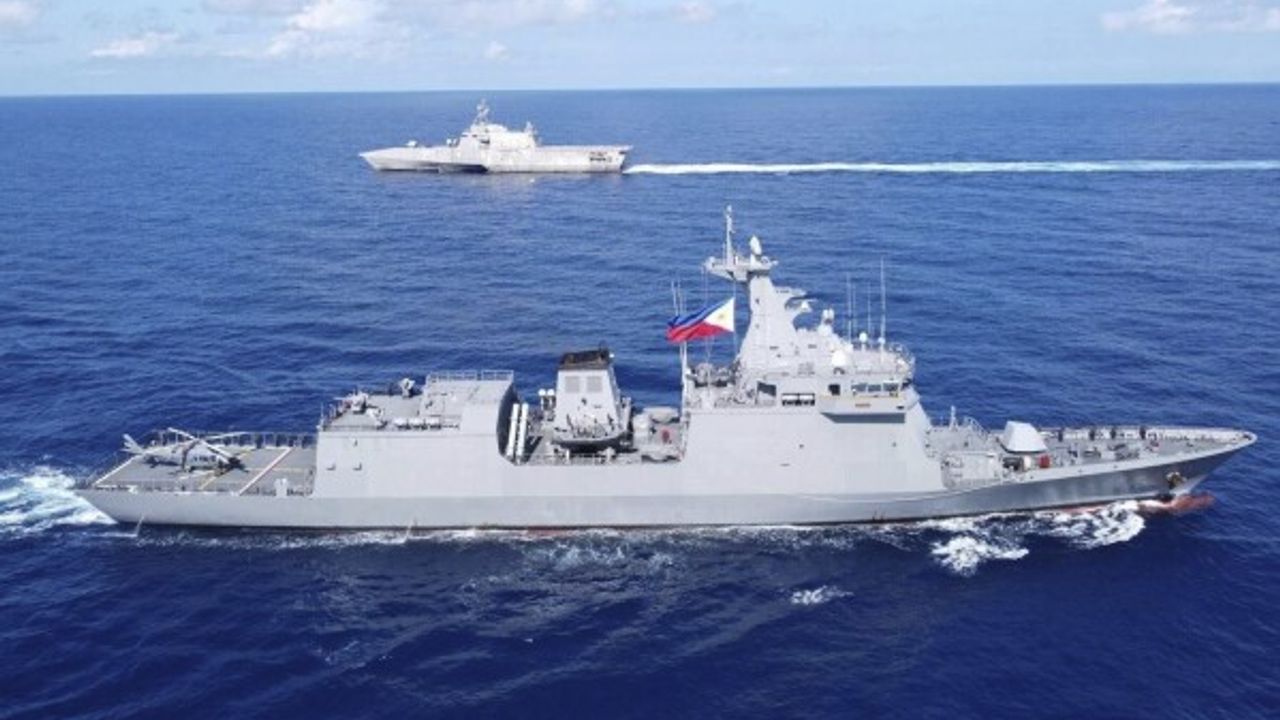The targeted ship, called BRP Lake Caliraya, was hit by a barrage of anti-ship missiles, rockets, cannon fire, and artillery, eventually submerging beneath the waves. Both Philippine and U.S. forces participated in the attack using a variety of assets, including naval vessels, aircraft, and land-based artillery.
The goal of the exercise was to practice defending Philippine territory from potential threats. Officials emphasized the importance of cooperation between the two militaries in achieving this objective.
Despite the use of a China-made ship as the target, Philippine military leaders downplayed any symbolic significance, stating that the vessel had been in service for a long time and its origin didn't matter.
This joint military exercise, known as Balikatan, involves over 16,700 troops from both countries and takes place across various locations in the Philippines. It aims to strengthen military cooperation and readiness.
These drills come amid tensions in the South China Sea, where China asserts expansive territorial claims despite international opposition. In response, the U.S. and its allies conduct exercises to assert freedom of navigation in the region.
China's foreign ministry has cautioned against military activities that could harm the interests of other parties in the region. However, it has also been accused of escalating tensions through its own militarization efforts in the South China Sea.






